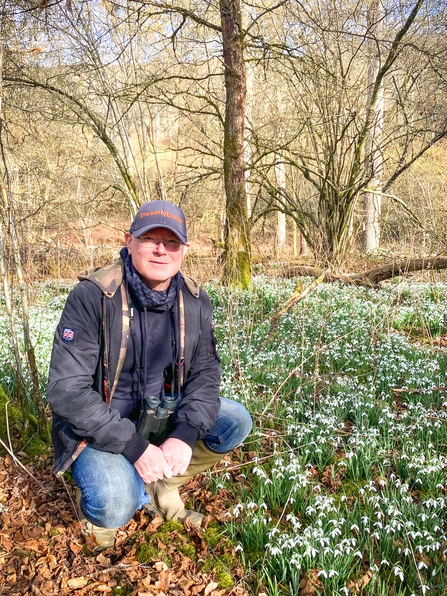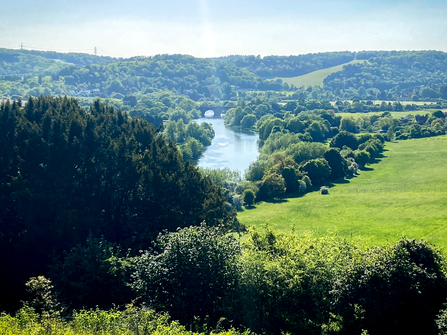I’m at that age where my eyesight is starting to play tricks on me.
I can see up-close for reading and my distance vision, with the aid of glasses, is crisp - it’s that middle ground in between that’s a bit of an issue.
In some respects I feel there’s a parallel in our relationship with the natural world.
The familiar wildlife just beyond the windowsill or doorstep we know so well: we watch it, feed it, interact with it and it shares our space: the mundane intimacy of the everyday.



